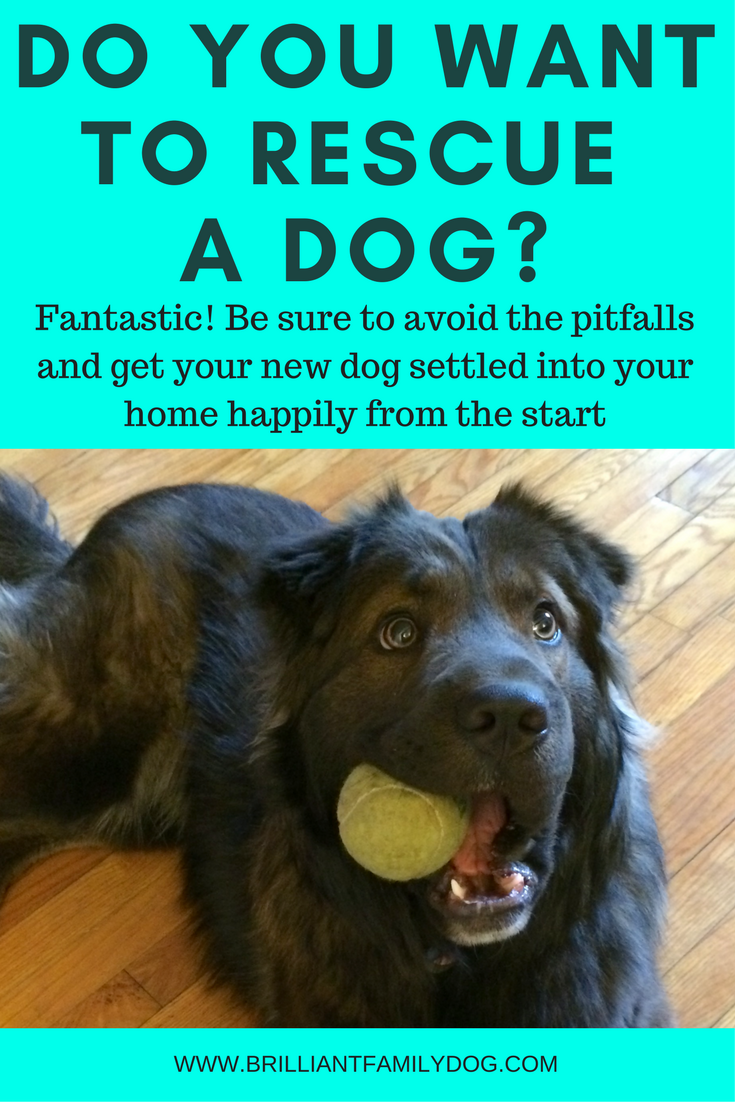This article was first published on 4knines.com and is reprinted here with permission.
Even as a young puppy Lacylu scared people. They would cling to each other and cross the road when they saw her coming.
She looked like a brown bear cub. In no way was she a petite or cute pup, though she did have a very pretty face – still does.
But it was clear from very early on that she was going to struggle in an urban world, full of people, other dogs, things that go bang in the night …
As she matured Lulubelle became more, not less, difficult. She reckoned that she needed to protect the 3,000 acres around us, starting at my feet. Anyone or anything that hove into view prompted ferocious barking - and if she was able she would chase them away.
For help with your reactive, anxious, aggressive, “growly” dog, get our free email course here.
THIS FREE ECOURSE IS A BONUS FOR YOU WHEN YOU SIGN UP TO RECEIVE EDUCATIONAL EMAILS AND OCCASIONAL OFFERS FROM ME. YOU CAN UNSUBSCRIBE AT ANY TIME.
Privacy Policy
Privacy Policy
I know just what it’s like to be a pariah. I’ve had the wrath of ignorant people rain down on me when my dog has barked and lunged toward them. If only they could understand what a gentle and loving dog she really is!
And this is where my lessons began
I’d been training dogs for competition for many years, and after lots of study, I had opened my dog training school the year before, at an age when many people are slowing down and switching off – not studying, sitting exams, learning about SEO, public indemnity insurance, and payment systems!
So Lulu arrived at a very good time for me (and, I think, for her).
I started learning about fearful dogs, anxious dogs, aggressive dogs, Growly Dogs; guardy dogs, nervous dogs, barky dogs (Lacy loves to bark); people’s fears, people’s reactions, people’s emotions.
I was voracious – all the available methods were scrutinised and run past my personal ethos. Many were dismissed out of hand as being harsh or even cruel. Some were hard to assimilate into everyday life. Some were ineffectual. Finally I found the best of the best and focused my energies on developing my skills there, and building my own system.
I learnt why anxious dogs behave as they do
I learnt kind techniques that put a worried dog at ease – CLUE: the first step is always distance!
I learnt how to keep people away without causing them to panic
And – most important – I learnt how to help other people with their “growly” dogs
Lacy’s now able to look at a strange person or dog and move on. She logs their position carefully, just in case they should try anything … but she can pass them peacefully. (She’s never bitten anyone.)
My fluffy bear cub has come so far in a few years – and is helping others like her to gain confidence and give their owners at the other end of the lead a bit of peace. Both dog and owner learn new coping skills together.
Helping my dog get over her fears has led to a better life for so many more dogs!
Once the poor harassed owners learn that their much-loved dog is not nasty or vicious a new life opens up before them.
It certainly did for me!
Your first step towards your new life with your growly dog is in this free e-course
THIS FREE ECOURSE IS A BONUS FOR YOU WHEN YOU SIGN UP TO RECEIVE EDUCATIONAL EMAILS AND OCCASIONAL OFFERS FROM ME. YOU CAN UNSUBSCRIBE AT ANY TIME.
Privacy Policy
Privacy Policy






